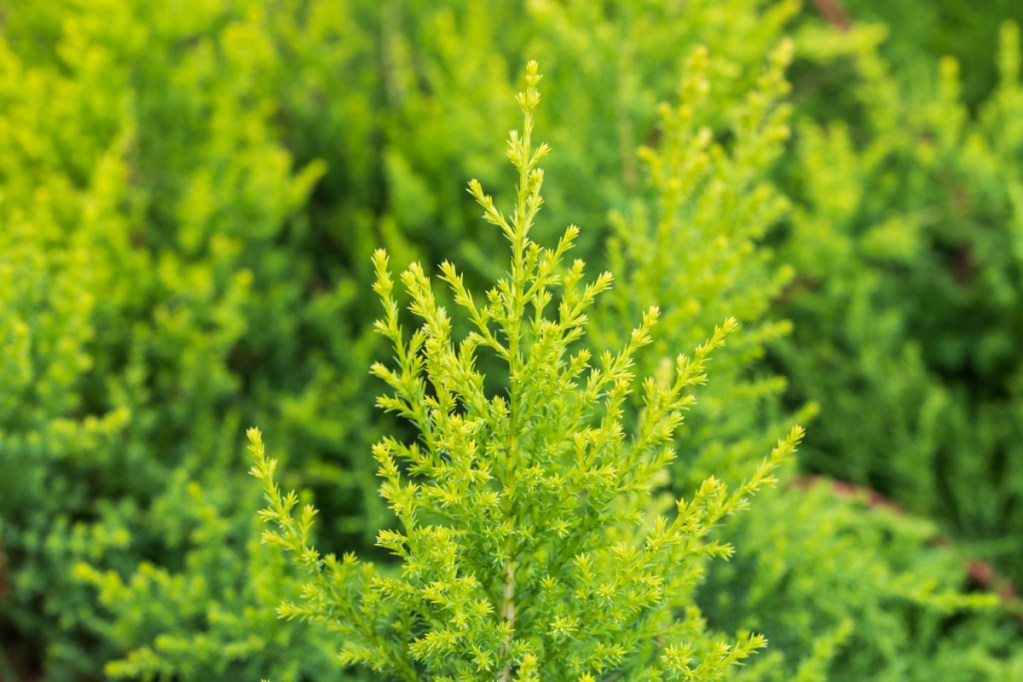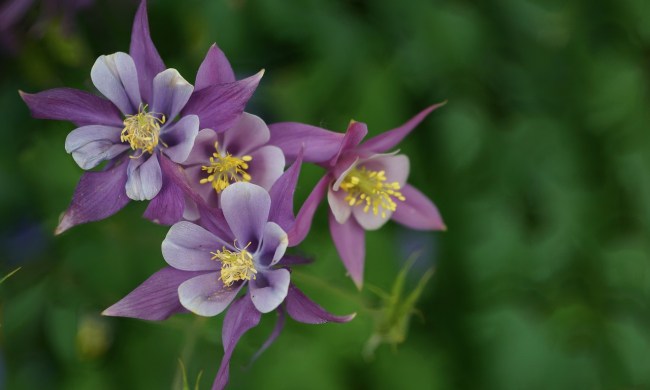
Trees are an amazing part of nature, and they have many uses in your yard and garden. You can plant them for a number of reasons, such as to offer a home to birds, to absorb carbon dioxide, to offer privacy, and even to produce fruit. Unfortunately, trees are also among the slowest-growing plants. If you want a tree in your yard but don’t want to wait, then this is the guide for you! Here are six fast-growing trees for you to add to your yard or garden.

Weeping willow
If you have a water source in your yard, then you may have already thought about how nice weeping willows look next to them. If you’ve wanted to plant one but were hesitant, then there’s good news. Weeping willows grow a few feet per year, typically in the 3- to 4-foot range, which is fairly fast for a tree that can grow up to 40 feet tall.
Weeping willows will reach their mature height in around 10 years, but will be tall and beautiful well before that. They are surprisingly easy to care for as long as you have moist, well-draining soil, such as you might find next to a river or pond.

Cypress
Cypress trees grow slightly slower than weeping willows, but not by much. While they may not be the fastest-growing trees, cypress trees grow steadily at a rate of roughly 3 feet per year. In particular, Leyland cypress trees are the fastest-growing cypress species, and they make excellent privacy trees.
Because of their quick growth rate and rounded shape, Leyland cypress trees are often planted along property lines to create a living fence. Cypress trees are also easy to grow. They are a great option for cooler climates, as these evergreen trees can withstand temperatures well below freezing.

Quaking aspen
Quaking aspen trees are prized for their beautiful gold foliage in the fall and elegant slender shape, but they are also fast-growing trees. With proper care and attention, a quaking aspen tree can grow at a rate of 5 feet per year. They have a mature height of 40 to 50 feet, meaning they’ll reach their final size after 8 to 10 years of growing, but thanks to their quick growth rate, you’ll have a tall and gorgeous tree after only 1 or 2 years. Quaking aspens prefer sunny places with moist soil, but they are otherwise easy to care for.

Papaya
Papaya trees are the best choice if you want a fast-growing fruit tree. They grow and mature quickly, giving you an abundant papaya harvest, typically in the first year of planting. Papaya trees can grow 5 to 8 feet per year, reaching their mature height of 20 feet in 2 to 3 years. Due to this fast growth, papaya trees are heavy feeders. They need rich, fertile soil and typically require additional fertilization. They also require plenty of water, making them a little more care-intensive plants than the other fast-growing trees on this list.

Poplar
Poplar trees are fast-growing trees, but exactly how fast depends on the type of poplar you’re growing. While most poplar trees have growth rates that fall somewhere between 3 and 5 feet, there are hybrid poplar varieties that can grow even faster! However, with their fast growth rate comes a tendency to grow a bit wild. Regularly pruning your poplar tree can help maintain its shape and keep it from growing out of control. These trees can grow quite tall — between 50 and 150 feet — depending on the type of poplar. So, you may need to hire a professional to help with pruning after a few years of growth.

Fig
Fig trees are another fast-growing tree for fruit lovers, and there are many ornamental fig trees as well. Smaller fig trees, such as fiddle leaf figs, typically grow 1 to 2 feet per year, while larger fig trees can grow at a rate of 3 to 6 feet per year. Fig trees prefer sunny, moist conditions, and fruiting fig trees need additional care to ensure they bloom and produce fruit. However, smaller, ornamental fig trees are relatively easy to care for and can even live indoors. Fiddle leaf figs, in particular, are popular houseplants for this reason.
These six fast-growing trees are great choices if you don’t want to wait for a slower tree to fully mature. Whether you’re looking for a privacy screen, a fruit tree, or just something pretty, one of these six is sure to be a good fit. Plus, they’re all easy to find in nurseries or online. So why not grab a sapling and start planting trees today? In no time at all, you’ll have great results!



